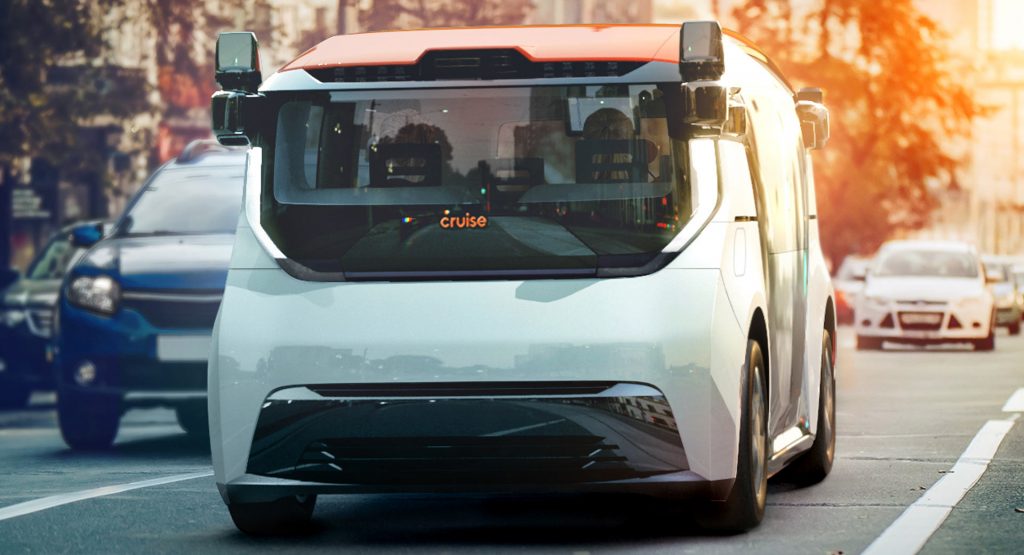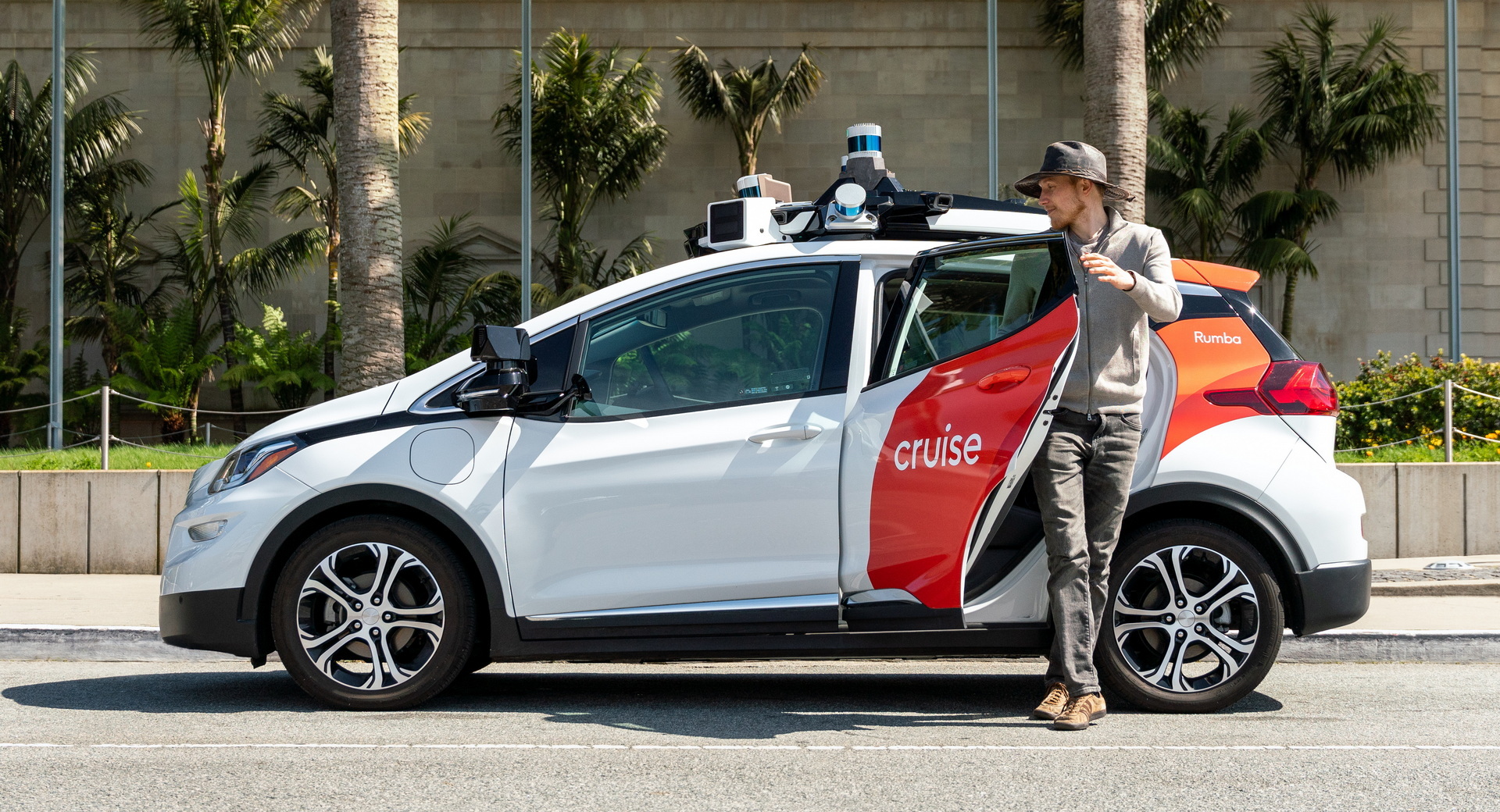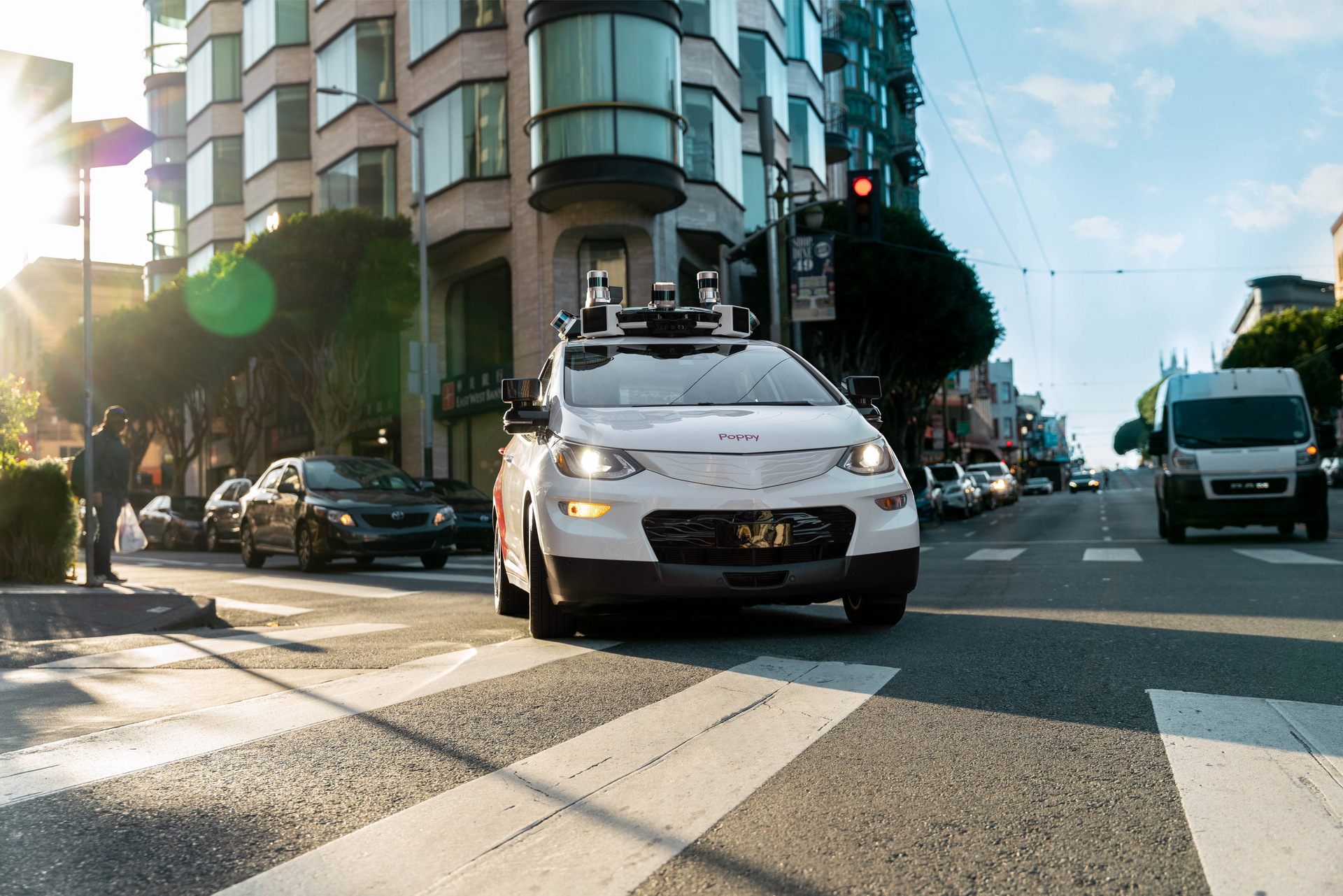Tired of its inability to negotiate a better chip supply deal, the Cruise autonomous driving unit of General Motors has developed its own chips for forthcoming self-driving vehicles.
Cruise had been sourcing its chips from Nvidia but its forthcoming Origin robotaxi will use chips that were developed in-house, head of Cruise hardware Carl Jenkins told Reuters in a recent interview.
“Two years ago, we were paying a lot of money for a GPU from a famous vendor,” Jenkins said. “There is no negotiation because we’re tiny volume. We couldn’t negotiate at all. So that’s why I said, okay, then we have to take control of our own destiny.”
Read Also: Cruise Snapped Putting The Origin Through Its Paces Before Production Begins
While Jenkins declined to say how much Cruise has invested in developing its own chips, he said that the company will recoup the cost of them by scaling up production of cars that use multiple chips. Cruise chief executive Kyle Vogt added that the chips will help the Origin “hit that sweet spot from a cost perspective” in 2025, noting that it will make private ownership of autonomous vehicles viable.
Four chips have been developed in-house by Cruise. The first is dubbed Horta and acts as the brains of the car while the second, Dune, processors data from a vehicle’s sensors. A separate chip has also been developed for the radar and details about the fourth chip will be announced at a later date. It is understood that these sensors and chips will reduce power consumption of Cruise’s vehicles.
Cruise’s silicon lead, Ann Gui, says the technology company is working with a chip maker in Asia to produce its new chips at scale, without naming the chip maker. She added that the Horta chip is based on the ARM instruction set architecture but noted Cruise is looking at the open-source RISC-V system for future developments.





